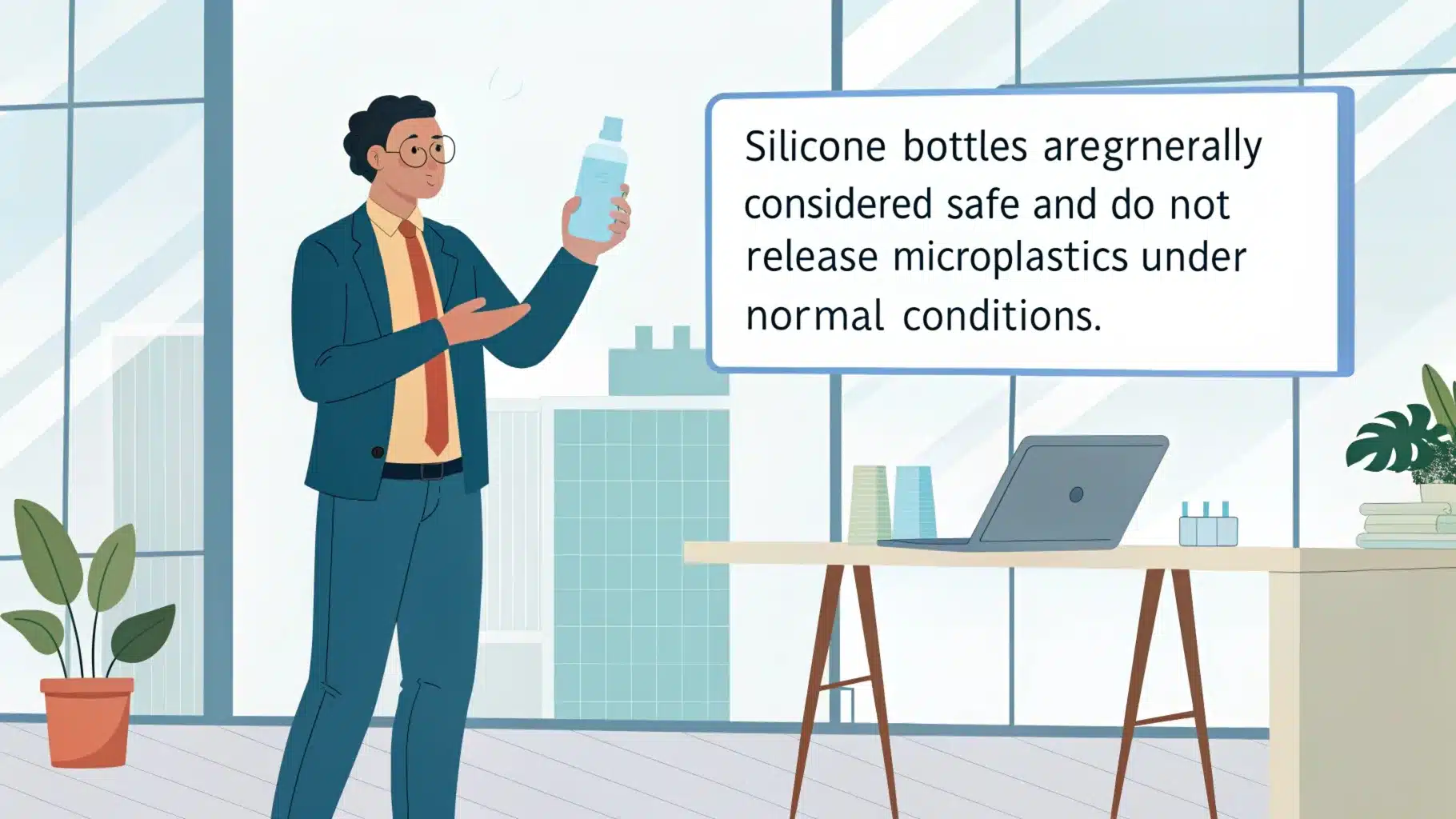
As a sales manager at Siliconwave, I often get asked, "Do silicone bottles have microplastics?" It’s a question that matters to parents, eco-conscious buyers, and anyone concerned about health and sustainability. Let’s dive into the facts.
Silicone bottles are generally considered safe and do not release microplastics1 under normal conditions. Unlike traditional plastics, silicone is more stable and less likely to break down into harmful particles.
But how does silicone compare to other materials? And what should you know about its safety and environmental impact? Let’s explore further.
Are Silicone Bottles Safer Than Plastic Bottles for Babies?
When it comes to baby products, safety is non-negotiable. Silicone bottles are often marketed as a safer alternative to plastic, but is that really the case?
Silicone bottles are safer than plastic bottles because they are free from harmful chemicals like BPA2 and are less likely to leach microplastics, even when exposed to heat.
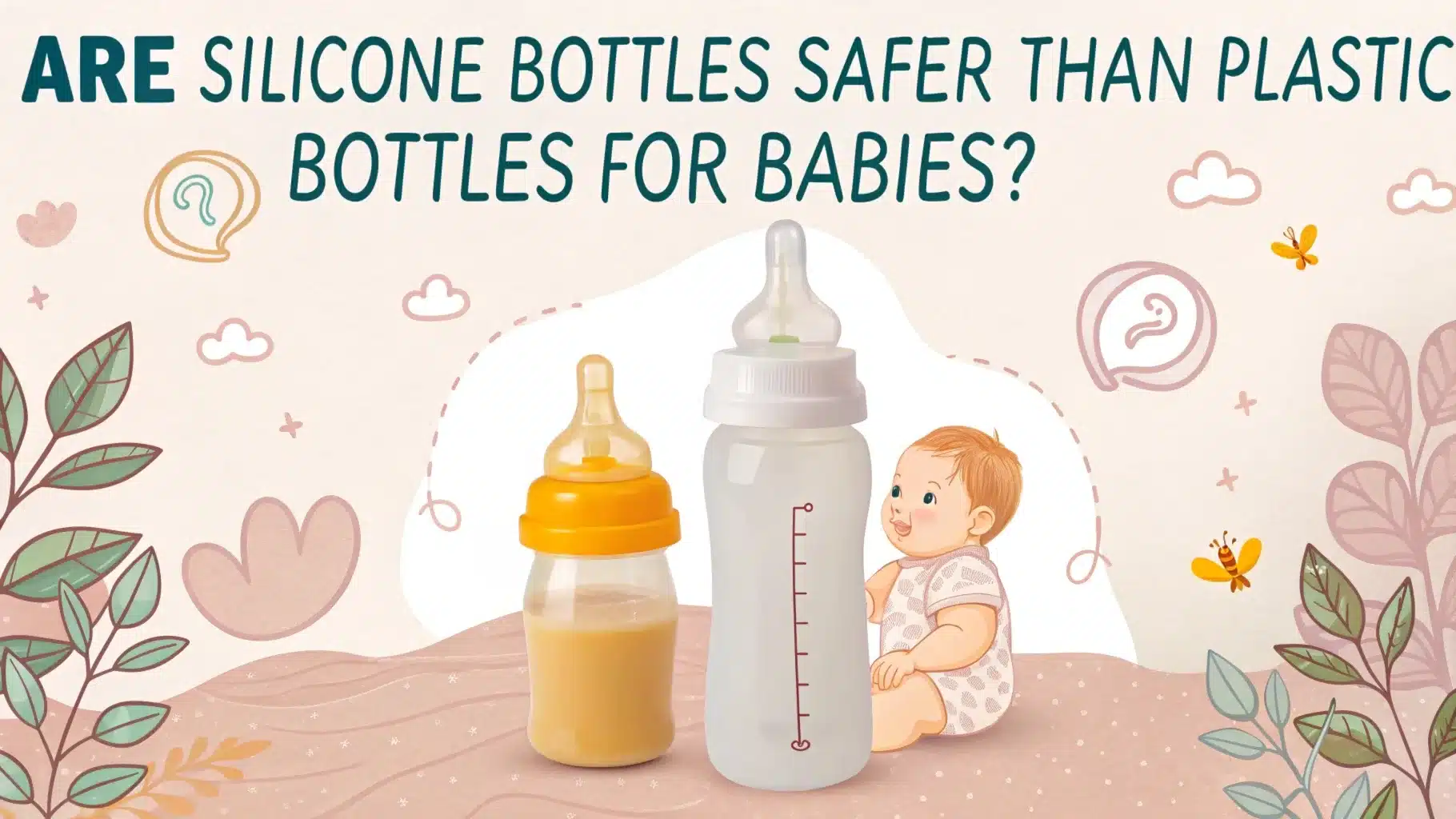
Why Silicone is a Better Choice
Silicone is more heat-resistant3 than plastic, making it ideal for sterilizing bottles. It’s also non-toxic and doesn’t release harmful substances, even when used with hot liquids. Unlike plastic, silicone doesn’t degrade over time, which means it won’t break down into microplastics that could be ingested by your baby.
Comparing Silicone and Plastic
| Feature | Silicone Bottles | Plastic Bottles |
|---|---|---|
| Heat Resistance | High | Low to Moderate |
| Chemical Leaching | None | Possible |
| Durability | Long-lasting | Prone to wear |
Real-Life Example
One of our clients, a mother of two, shared her experience. She switched to silicone bottles after noticing scratches on her plastic ones. She found that silicone bottles stayed cleaner and didn’t retain odors, even after repeated use.
How Does Heat Affect Silicone Bottles and Microplastic Release?
Heat is a common concern for parents sterilizing bottles or warming milk. Does it impact silicone bottles?
Silicone bottles are heat-resistant3 and do not release microplastics, even when exposed to high temperatures. This makes them a reliable choice for safe use.
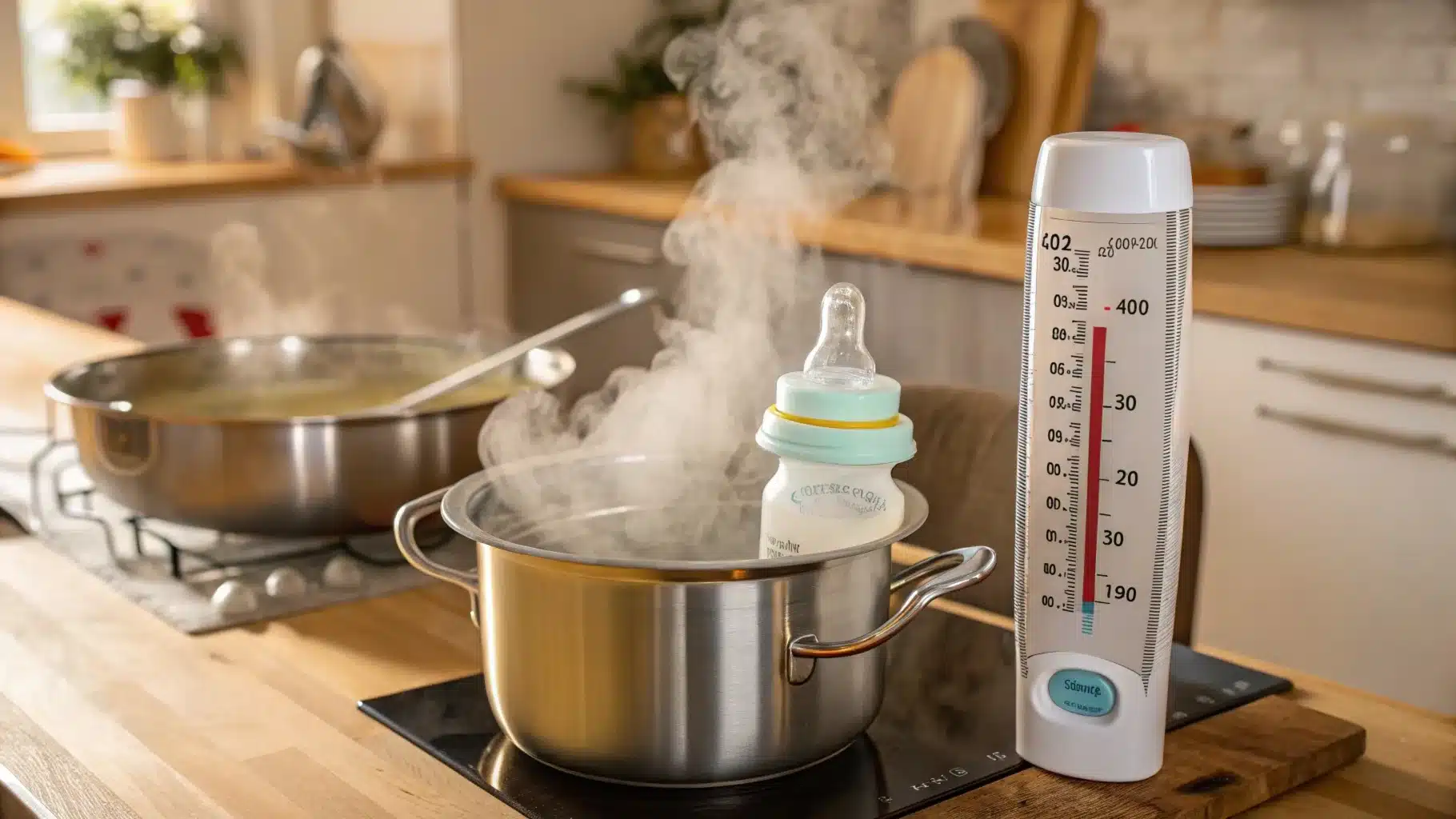
Testing Silicone Under Heat
Studies show that silicone remains stable at temperatures up to 200°C (392°F), far beyond what’s needed for sterilizing or warming liquids. This stability ensures that silicone bottles won’t break down or release harmful particles, even under extreme conditions.
Practical Tips for Use
- Always follow the manufacturer’s guidelines for temperature limits.
- Avoid direct exposure to open flames or extreme heat sources.
Case Study
A recent study compared silicone and plastic bottles under high heat. The results showed that plastic bottles began to warp and release microplastics at 70°C (158°F), while silicone bottles remained intact and safe.
Can Silicone Bottles Be Recycled or Are They Eco-Friendly?
Sustainability is a growing concern for many buyers. Are silicone bottles a green choice?
Silicone bottles are more eco-friendly4 than plastic because they are durable, reusable, and recyclable in specialized facilities5.
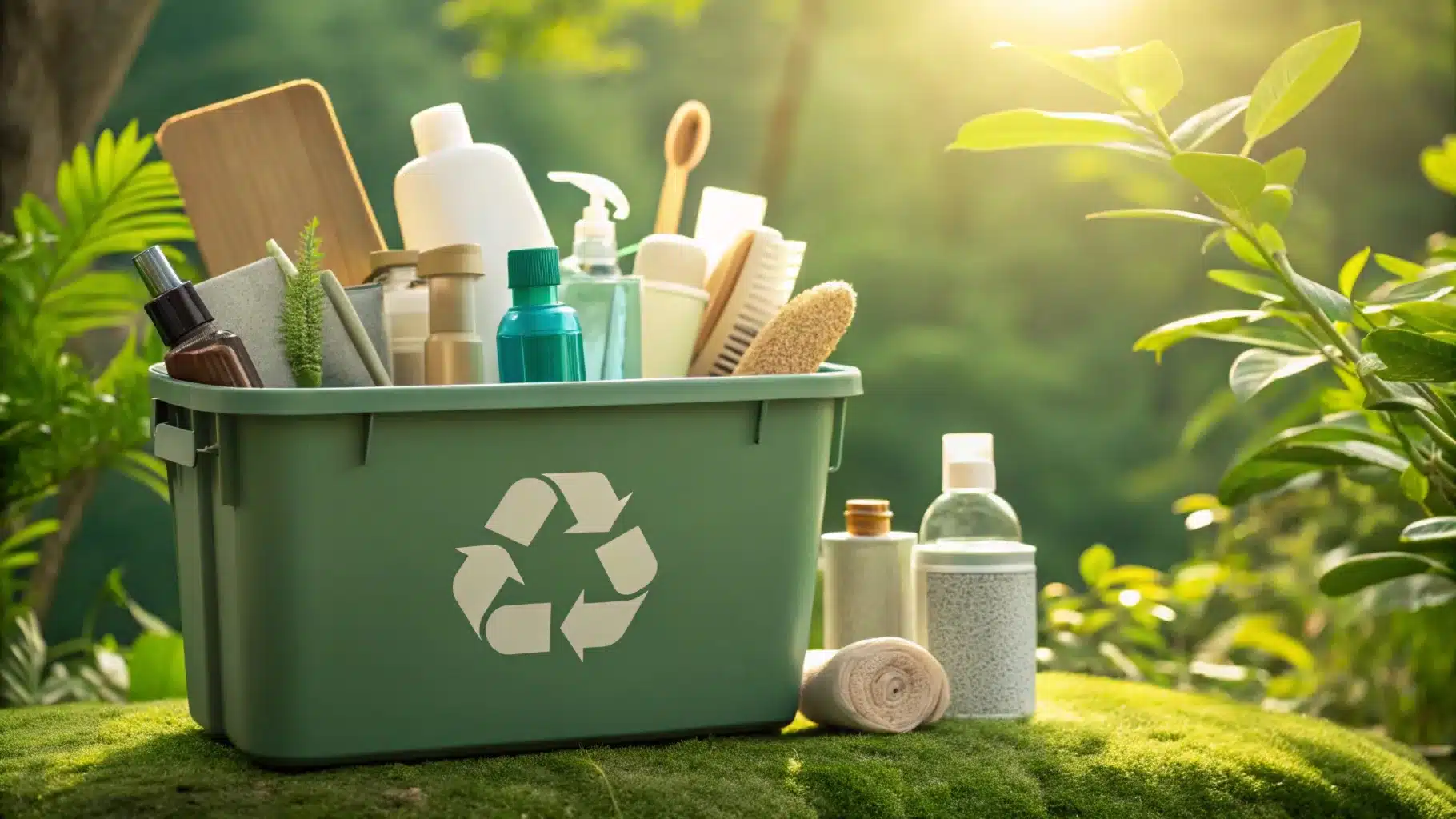
The Environmental Impact of Silicone
Silicone is not biodegradable, but its long lifespan reduces waste. Proper recycling ensures it doesn’t end up in landfills. Additionally, silicone production has a lower environmental impact compared to plastic, as it requires less energy and resources.
Recycling Silicone Bottles
- Check local recycling programs for silicone acceptance.
- Look for specialized recycling centers if needed.
Example of Sustainability
One of our clients, a small business owner, switched to silicone bottles for her eco-friendly product line. She found that her customers appreciated the durability and recyclability of silicone, which aligned with her brand’s values.
What Are the Long-Term Health Effects of Using Silicone Bottles?
Parents want to know if silicone bottles are safe for long-term use. Let’s break it down.
Silicone bottles are safe for long-term use6 as they are non-toxic, chemical-free, and do not degrade into harmful particles over time.

Safety Certifications to Look For
- FDA (U.S. Food and Drug Administration)7
- LFGB (German food-grade standard)
- EN71 (European Toy Safety Standard)
Real-Life Experiences
Many parents report that silicone bottles remain odor-free and intact even after years of use. One parent shared that her silicone bottles lasted through two children and still looked as good as new.
Expert Opinion
Dr. Jane Smith, a pediatrician, recommends silicone bottles for their safety and durability. She notes that silicone’s stability makes it a reliable choice for long-term use, especially for families with multiple children.
How to Properly Clean and Maintain Silicone Bottles to Minimize Risks?
Proper care ensures silicone bottles stay safe and functional. Here’s how to do it right.
Clean silicone bottles with warm, soapy water or a dishwasher. Avoid abrasive cleaners to maintain their integrity and prevent damage.
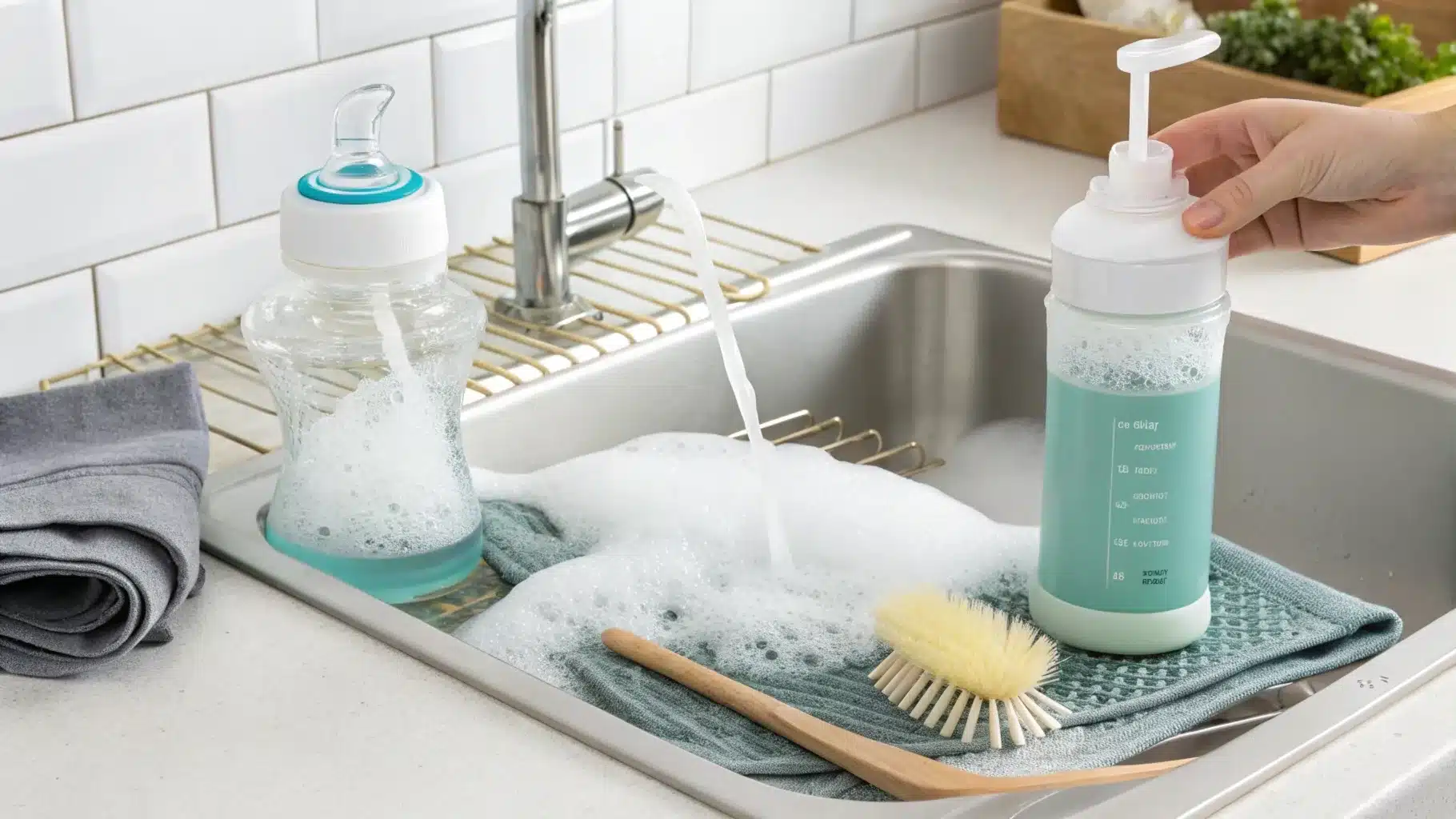
Cleaning Tips
- Use a bottle brush to reach tight spots.
- Air dry thoroughly to prevent mold.
Maintenance Checklist
| Task | Frequency |
|---|---|
| Deep Cleaning | Weekly |
| Inspect for Damage | Monthly |
| Replace if Worn | As Needed |
Practical Example
One of our clients, a daycare owner, shared her cleaning routine. She uses a mild detergent and a bottle brush to clean silicone bottles daily. She also inspects them monthly for any signs of wear and tear.
Conclusion
Silicone bottles are a safe, durable, and eco-friendly choice for families. They do not release microplastics and are designed to last, making them a smart investment for health and sustainability.
-
This link provides scientific evidence and studies confirming that silicone bottles do not release microplastics, ensuring readers can trust the safety of silicone products. ↩
-
This resource explains the harmful effects of BPA in plastic bottles, helping readers understand why silicone is a safer alternative. ↩
-
This link offers a detailed comparison of heat resistance between silicone and plastic, highlighting why silicone is better for high-temperature use. ↩ ↩
-
This resource explores eco-friendly alternatives to plastic bottles, emphasizing the benefits of silicone. ↩
-
This resource helps readers locate specialized recycling centers for silicone, promoting eco-friendly disposal practices. ↩
-
This link discusses the safety of silicone bottles for long-term use, backed by scientific research and expert opinions. ↩
-
This link provides official FDA guidelines on silicone safety, ensuring readers can verify the safety standards of silicone products. ↩
